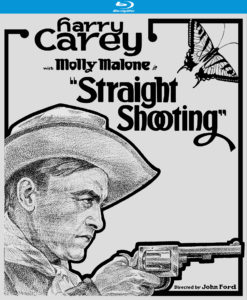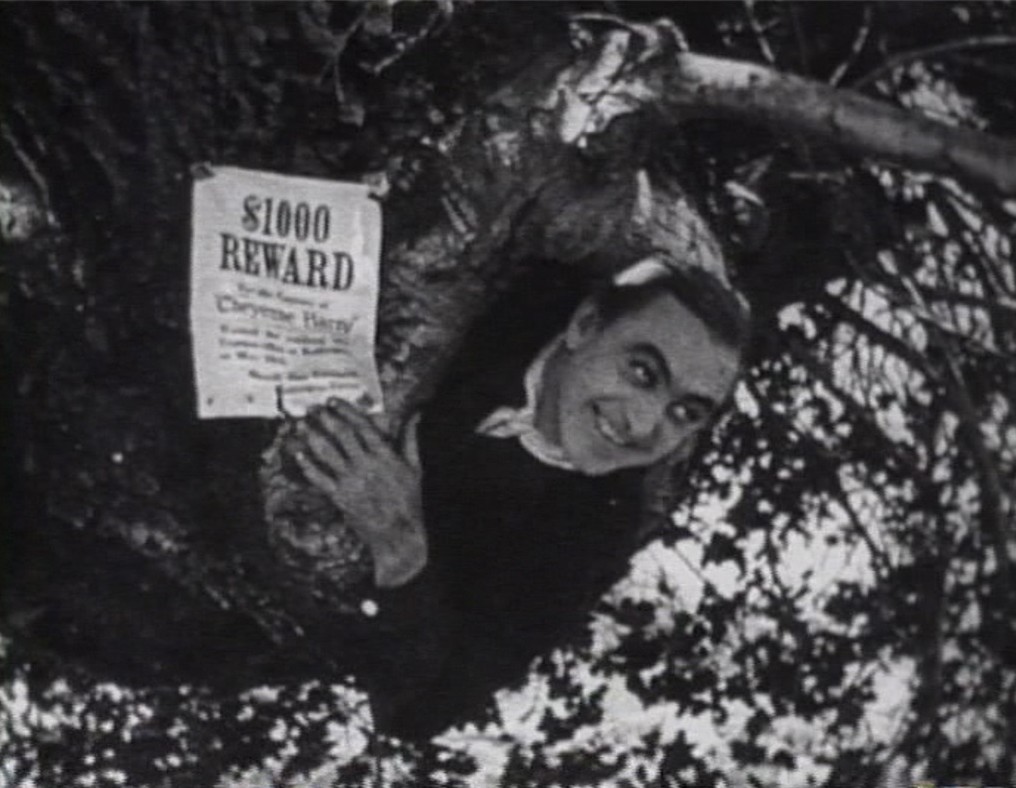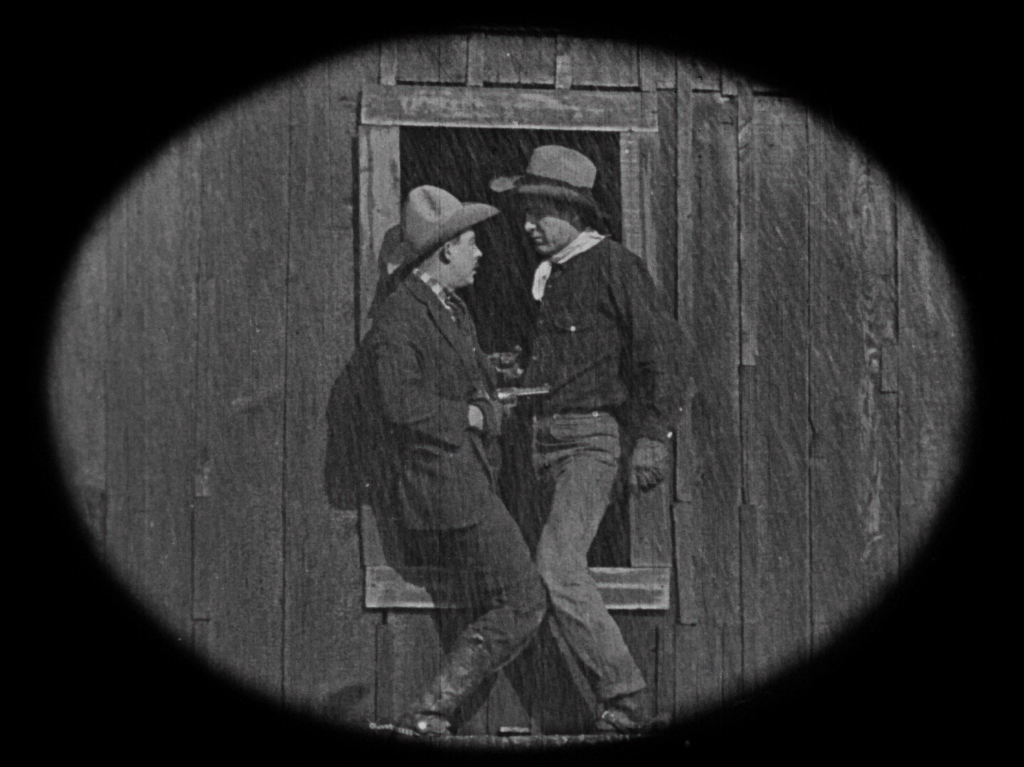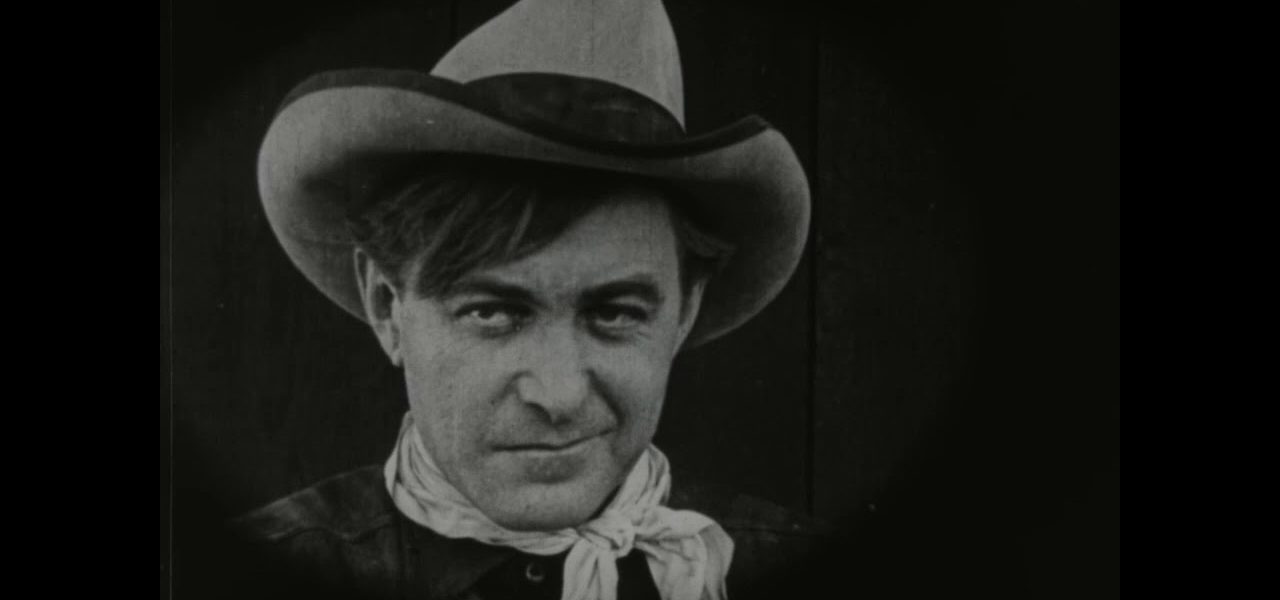John Ford’s Debut Feature Reloads Western Legend Harry Carey
DIRECTED BY JOHN FORD (AS “JACK FORD”)/1917
BLU-RAY STREET DATE: JULY 14, 2020/KL STUDIO CLASSICS

I admit that I, a professing John Ford enthusiast, sauntered into Straight Shooting not realizing that it is in fact the director’s first feature film. Hailing from 1917 and starring the great Harry Carey (a tremendous influence and collaborator of Ford’s, and whose son would go on to be a Ford “stock company” member), Straight Shooting transcends it’s too-cute title as a demonstrable step forward not only for a major director, but for cinema in general.
Carey at that point was one of Universal’s “favorite sons”, though with his contract drawing to a close, he found his professional future on shifting sands. Straight Shooting was intended as a fulfillment piece of little consequence, a quick contract shutter-downer. Little did anyone realize that it would prove to be the feature launch pad of one of the greatest and most influential filmmakers of all time.
Though John Ford is commonly remembered for his films post-1939’s Stagecoach (touted as a breakthrough “grown up” Western, making a star of John Wayne in the process), his career in Hollywood dates to before D.W. Griffith’s 1915 seminal (and deeply problematic) The Birth of a Nation. Ford, initially an actor, appears in that film, albeit briefly and shrouded in full Ku Klux Klan attire. This, shortly after following his brother Francis (by then a director in his own right, as well as a producer and actor- another “favorite son” of Universal) out west to join him in the rapidly developing movie business. He got handed the Straight Shooting assignment in apparent desperation when it’s original director walked.

In a moment when the art of cinema was locked in as a valid concept, but still taking shape, Straight Shooting appears to be surprisingly forward-thinking in its visual language. Not only is Ford’s celebrated eye for composition unquestionably on display, but certain sequences also help to nudge the entire form just over the formative hump that gathered with Griffith’s epics. Though meager at a glance, work such as this paved the way for the grandiose filmic monuments of the 1920s by the likes of von Stroheim and DeMille, among others.
Ford would ultimately wait out von Stroheim before truly ascending, and would, per legend, lead the charge to defeat DeMille’s 1950 Red Scare-inspired attempt to replace Joseph Mankiewicz as president of the Director’s Guild. Even then, several decades and several Oscars later (all for non-Westerns The Informant [1935], The Grapes of Wrath [1940], and How Green Was My Valley [1941]), he hadn’t wandered far from his roots: he entered that contentious debate by stating, “My name’s John Ford. I make Westerns”. By then everyone in that room knew that he made far more than just Westerns, but in own mind, his home was still out on the range. Or, to be more exact, Monument Valley.
But all of that would come later. In 1917, he was merely young “Jack Ford”, kid brother of Francis. His natural gift for visual composition is on terrific display right out of the gate. He tells this simple tale of a bad man gone right (Carey, in the role of “Cheyenne Harry, which he’d continue to play in many films) with humble panache, a glimpse of the invisible Ford-ian exactitude that he would be celebrated for. Just check out the sequence when Carey and his former partner in crime (played by Duke R. Lee) are moving in on one another, guns drawn, each unknowingly around the corner from the other, stepping ever closer to head-on confrontation. It’s just one small but apt bit of expert suspense that Ford weaves through editing, pacing, and of course framing. This is the visual language of cinema taking root.

Despite all of this, there were those in certain pearl-clutching regions (including Chicago, of all places) determined to censor Straight Shooting for its depictions of “murder and outlawry”. Nevertheless, Ford and Carey got on plenty well, generating an unexpected hit for Universal. With Carey’s contract extended, the pair were free and clear to continue their partnership. Ford would always consider Carey a great friend. Carey would transition to the sound era just fine, prominently appearing in films such as The Shepherd of the Hills (1941) and The Spoilers (1942; both with John Wayne) as well as the President of the Senate in Frank Capra’s classic, Mr. Smith Goes to Washington.
The fact that we have Straight Shooting today at all is something of a wonder. Though Ford was tremendously prolific in his few years at Universal (1917-1921), his work has not been exempted from the plague of disappearance that has claimed so many silent era films. Ford biographer Tag Gallagher points out in his printed essay that is included with the Kino Blu-ray that “Of Ford’s 39 pictures at Universal… only 3 features and 6 fragments survive”. Besides the feature presentation, Kino Lorber includes of one of those fragments, the existing three minutes of 1920’s Hitchin’ Post preserved by the Library of Congress, as a special bonus feature.
Kino Lorber Studio Classics truly lives up to its name with this essential release. Rounding things out are a video essay by Gallagher, as well as a commentary by film historian Joseph McBride, author of Searching for John Ford. The commentary is a rich resource by McBride, a longtime Ford scholar and a prominent voice in film writing. Michael Gatt’s score is ideal and effective at setting and keeping the adventurous mood. The print, a new 4K restoration by Universal Pictures, is something of a marvel for a 1917 that was in fact thought lost for a good while. (Thanks to Czechoslovakian film archive that unearthed the only known print- hence the re-created English language intertitles). Straight Shooting, at a glance, may seem like old hat, but it’s a discovery worth aiming for.


